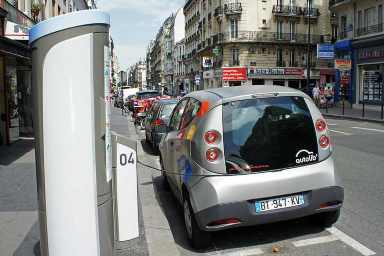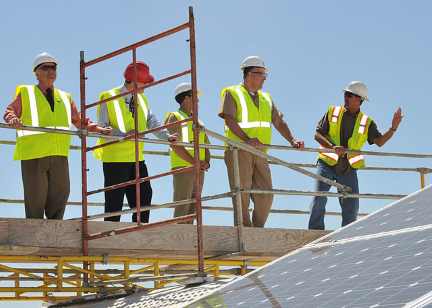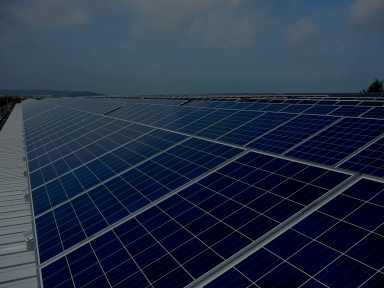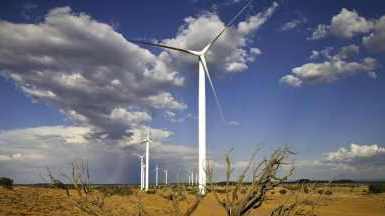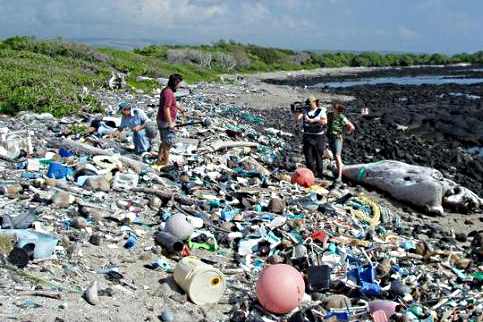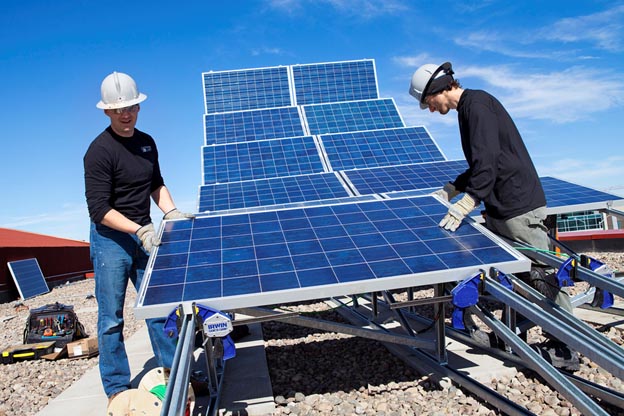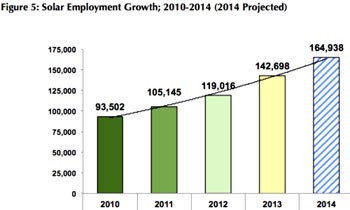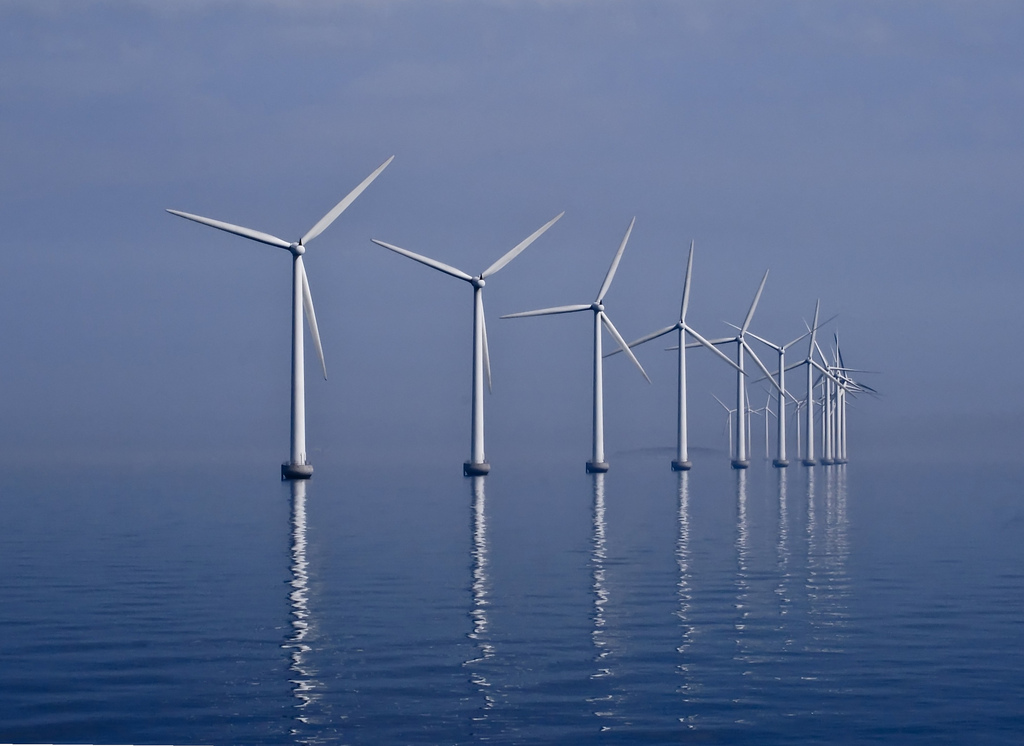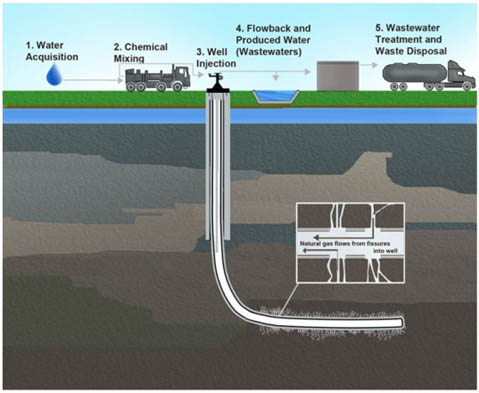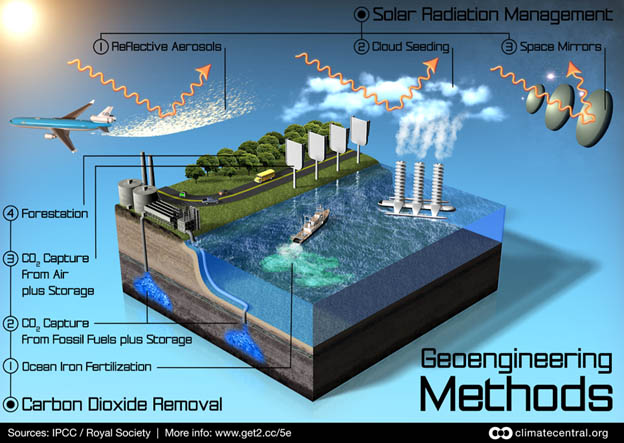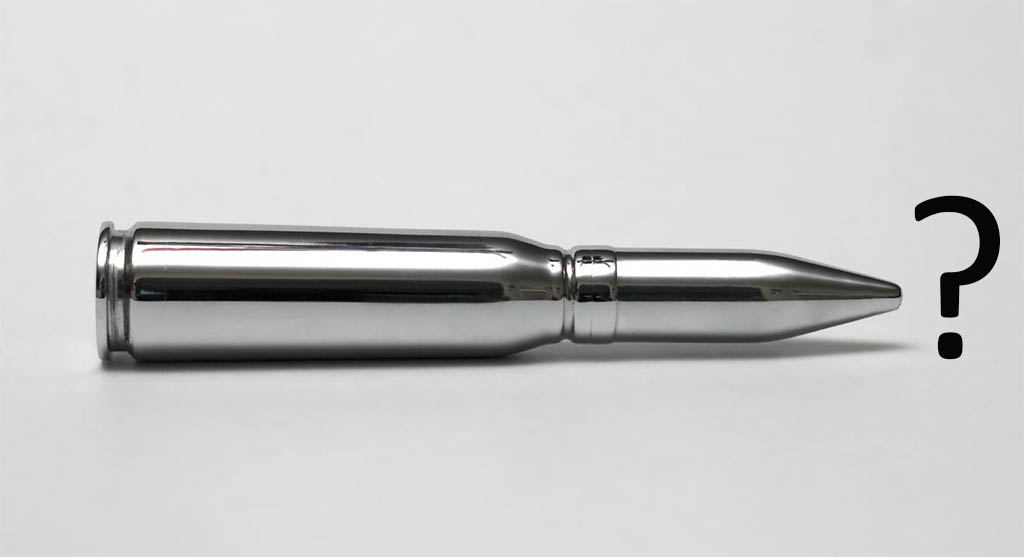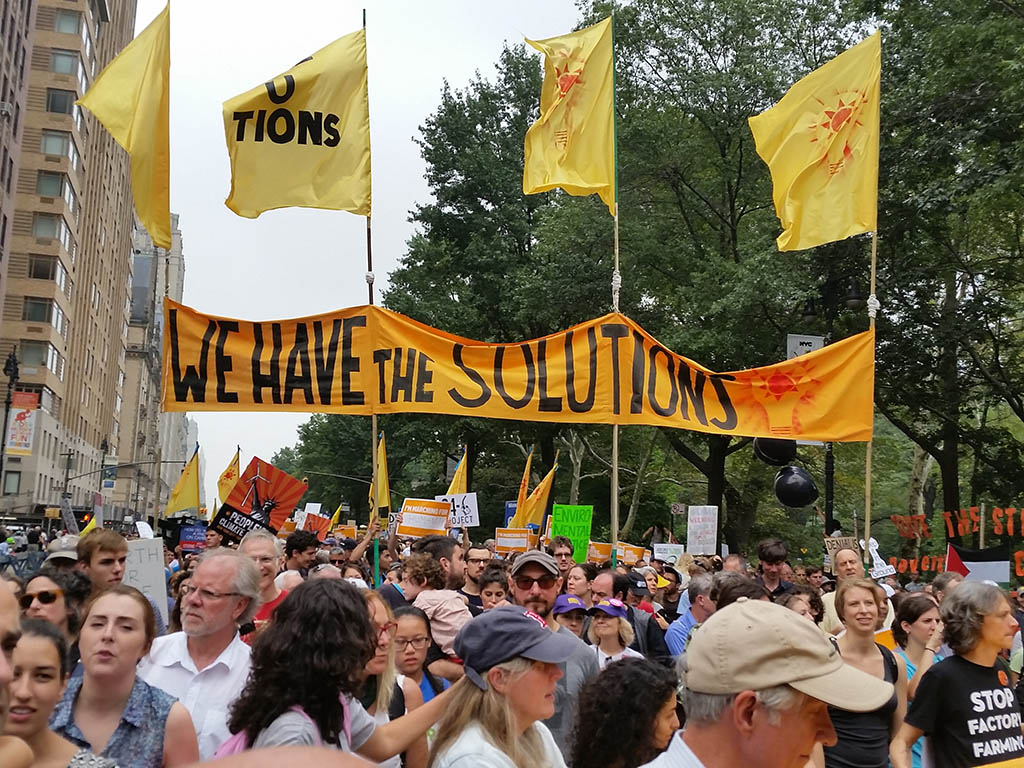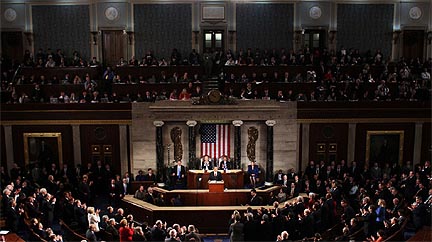EcoOptimism’s current selection of favorite posts
We can all use some positive news these days, especially on the environmental front in which science is considered evil, denial is an alternative fact and the EPA is now what I’m calling the Environmental Destruction Agency. And while I don’t want to gloss over the issues – there isn’t enough paint in the world to do that – I offer here The Distillery, a weekly (or thereabouts) selection of posts to help offset the PTSD of our current nightmare.
The posts I pick will be “real” in the sense that they aren’t pie-in-the-sky wishful thinking, as fun as those can be, but are evidence of EcoOptimism.
While EcoOptimism’s Distillery picks don’t intentionally have themes, this confluence of posts that began over the summer warrants a topical selection. The topic is the oncoming and inevitable demise of cars powered by the internal (or, some would say, infernal) combustion engine. Places from Paris to India to China, and manufacturers from Volvo to Jaguar – no word from American manufacturers – are phasing them out.
September 11, 2017
From ThinkProgress.org:
Electric cars are about to get their biggest boost ever: China plans to ban new fossil-fuel powered cars.
EcoOptimism’s take: The significance here can’t be understated. China manufactured and sold more than 28 million cars last year (compared to the US’s 17.55 million) and yet still only one in five owns a car. It’s the world’s largest car market — responsible for around 30 percent of global passenger vehicle sales. Given that China has almost ¼ billion people, you can begin to guess the ginormous number of future cars – especially as the affluence of Chinese consumers grows – that this will represent.
July 26, 2017
From Bloomberg.com:
France Aims to End Sale of Fossil-Fuel-Powered Cars by 2040
EcoOptimism’s take: This news goes back to July but, along with the news from China, the death of fossil fuel powered cars seems ever more imminent.
June 3, 2017
From CNN Tech:
India to sell only electric cars by 2030
EcoOptimism’s take: The air quality in India contributes to 1.2 million deaths a year, and “doctors have said breathing the air in New Delhi…is like smoking 10 cigarettes a day.” India will subsidize electric cars for a couple of years and, after that, believes electric cars – by the millions – will start paying for themselves. That’s both the ecological and economic sides of EcoOptimism.
September 7, 2017
From BusinessGreen:
Jaguar Land Rover to make only electric or hybrid cars from 2020
The BusinessGreen post seems to sometimes be behind a paywall, but you can check out a related Treehugger post:
Jaguar Land Rover to phase out gas/diesel-only cars
EcoOptimism’s take: Given the low mpg of expensive SUVs and sportscars, getting rid of their gas versions is a big deal.
July 11, 2017
From Forbes:
Volvo’s Electric Car Announcement: Turning Point or Nonevent?
EcoOptimism’s take: There’s a note of skepticism in this post from a not-exactly-green source. They write that Volvo’s announcement doesn’t actually mean they won’t be making cars that use fossil fuels; they will still make hybrids. But still it’s a pretty big deal, especially since Volvo is Chinese-owned.



